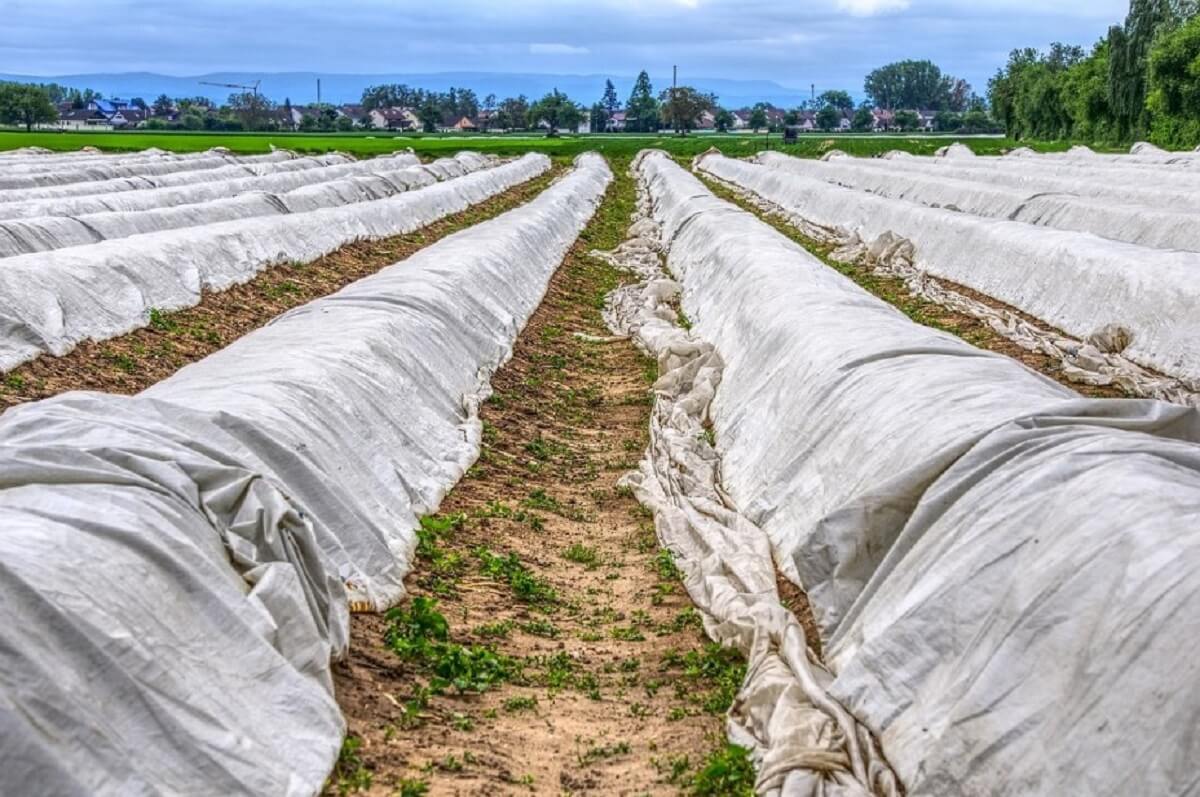Tarpaulins, commonly known as tarps, have been an integral part of the agricultural sector for many years. These versatile and durable fabrics offer numerous benefits to farmers and agribusinesses, helping them enhance productivity, protect crops, and improve overall efficiency. In this article, we will explore the various uses of tarpaulins in agriculture and shed light on frequently asked questions about their application and advantages.
1. Crop Protection and Management
One of the primary uses of tarpaulins in agriculture is crop protection. Farmers utilize tarps to cover and shield crops from adverse weather conditions such as heavy rains, frost, and hail. By acting as a protective barrier, tarps help prevent waterlogging and reduce the risk of crop diseases, thus increasing the chances of a successful harvest.
Additionally, tarpaulins are employed for weed control. Placed on the ground around the crops, they obstruct sunlight from reaching weed seeds, thereby suppressing their growth. This eliminates the need for harmful herbicides, promoting environmentally friendly farming practices.
2. Greenhouse and Tunnel Construction
Tarpaulins play a vital role in constructing temporary or semi-permanent greenhouses and tunnels. These structures help extend the growing season and create a controlled microclimate for delicate crops. Tarps used in greenhouse and tunnel construction possess light-transmitting properties, allowing sunlight to pass through while retaining heat, maintaining optimal temperatures for plant growth.
3. Soil Moisture Conservation
In regions facing water scarcity or frequent droughts, tarpaulins are utilized to conserve soil moisture. By covering the soil surface, they reduce evaporation, thus retaining moisture for longer periods. This water-saving technique benefits crops, especially during critical growth stages, ensuring their survival in arid conditions.
4. Mulching
Tarpaulins serve as effective mulching materials, covering the soil around plants to conserve moisture, regulate soil temperature, and suppress weed growth. Mulching with tarps improves soil health and fertility, promotes root development, and reduces the need for excessive irrigation.
5. Storage and Transportation
Agricultural produce often needs to be stored or transported efficiently. Tarpaulins are used to cover stacks of hay, grains, and other commodities, protecting them from rain and external contaminants. During transportation, tarps shield the produce from wind and dust, preventing spoilage and ensuring the goods reach their destination in optimal condition.
6. Livestock Protection
Tarpaulins are not only beneficial for crops but also for livestock. In animal husbandry, they are employed to create shelters, protecting animals from extreme weather conditions. These makeshift shelters serve as shade in scorching summers and offer cover during rainy seasons, promoting the well-being of the livestock.
7. Erosion Control
Soil erosion can lead to significant losses in agriculture. Tarpaulins are employed on slopes and vulnerable areas prone to erosion. By covering the soil surface, they reduce the impact of rainfall and prevent the soil from being washed away, preserving valuable topsoil and safeguarding the land’s fertility.
FAQs about Tarpaulin Uses in Agriculture
Q1: Are tarpaulins eco-friendly?
A1: Yes, tarpaulins can be eco-friendly. Many modern tarpaulins are manufactured from recyclable materials, making them an environmentally conscious choice. Furthermore, their application in weed control and reduction of chemical herbicide usage contributes to sustainable farming practices.
Q2: How durable are agricultural tarps?
A2: Agricultural tarps are designed to be highly durable and weather-resistant. They are made from robust materials, such as polyethylene or PVC, to withstand harsh conditions and protect crops effectively.
Q3: Can tarpaulins be reused?
A3: Yes, tarpaulins can be reused, depending on their condition. Proper storage and handling can extend their lifespan. However, worn-out or damaged tarps may not provide adequate protection and are best replaced.
Q4: Do tarps affect crop growth?
A4: When used appropriately, tarps positively impact crop growth. By protecting crops from extreme weather and controlling weed growth, they create favorable conditions for healthy plant development.
Q5: How do I choose the right tarp for my agricultural needs?
A5: Selecting the right tarp depends on factors like the intended use, climate, and size requirements. Consider the material, thickness, and UV resistance when making your choice.
Conclusion
Tarpaulins have proven to be indispensable tools in modern agriculture, offering a wide array of benefits for crop protection, soil management, and livestock care. Their versatility, durability, and cost-effectiveness make them valuable assets for farmers striving for improved productivity and sustainable practices. By harnessing the potential of HDPE Laminated Tarpaulin, the agriculture sector can continue to grow and adapt to the challenges of the future while ensuring food security and environmental preservation.
